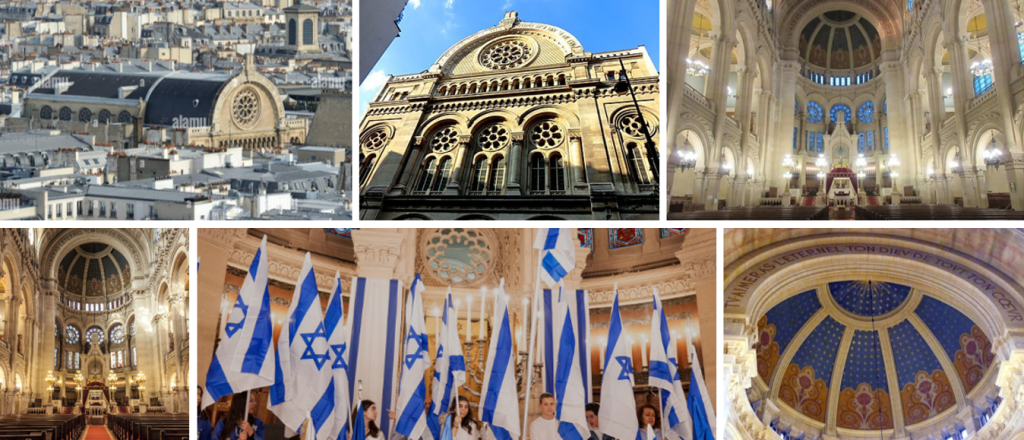
In the Parasha Vayichla’h (Genesis 32:4-36:43) Ya’akov struggles with an angel, comes out injured but victorious, and is given the name Israel (1). At Beth-El, G-d appears to him and blesses him. Then, Ya’akov heads towards Ephrata (Bethlehem) where Rachel dies in childbirth after giving birth to Benjamin. The haftara drawn from Obadiah speaks of divine anger towards the kingdom of Edom and its fall due to its arrogance and violent actions against the people of Israel.
Obadiah 1:19 (2)
יָרְשׁוּ הַנֶּגֶב אֶת-הַר עֵשָׂו, וְהַשְּׁפֵלָה אֶת-פְּלִשְׁתִּים, וְיָרְשׁוּ אֶת-שְׂדֵה אֶפְרַיִם, וְאֵת שְׂדֵה שֹׁמְרוֹן; וּבִנְיָמִן, אֶת-הַגִּלְעָד
And they will possess the Negev, the mountain of Esau, the plain of the Philistines, they will possess the field of Ephraim, the field of Samaria and Benjamin will possess Gilead.
Rachel’s tomb is located in Bethlehem in Judea. According to the prophet Jeremiah (31:14-16) “A voice is heard in Ramah, a plaintive voice, bitter sobs. It is Rachel who weeps for her children, who does not want to be comforted for her sons for they are no more. Thus says the Lord: let your voice cease from moaning and your eyes from crying, for there will be a compensation for your efforts, says the Lord, they will return from the enemy’s land. And there is hope for your future, says the Lord, your children will return to their domain”.
(1) ישראל, Yisra’él , G-d prevails.
(2) The verse refers to several geographical regions encompassing the entire state of Israel, the south of Lebanon and Syria, the ridge line to the east of the Jordan, up to Akaba and the Gaza Strip.









